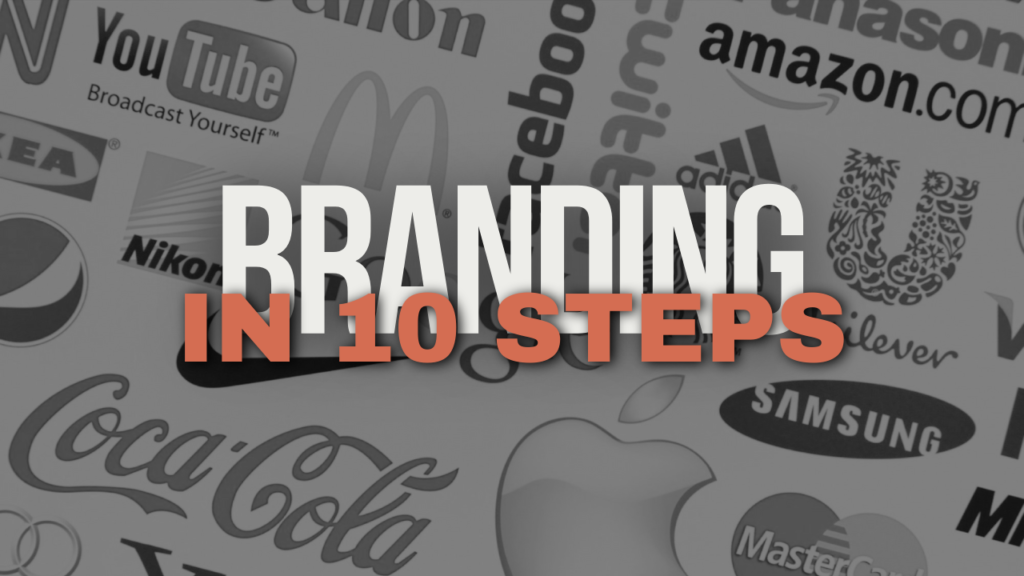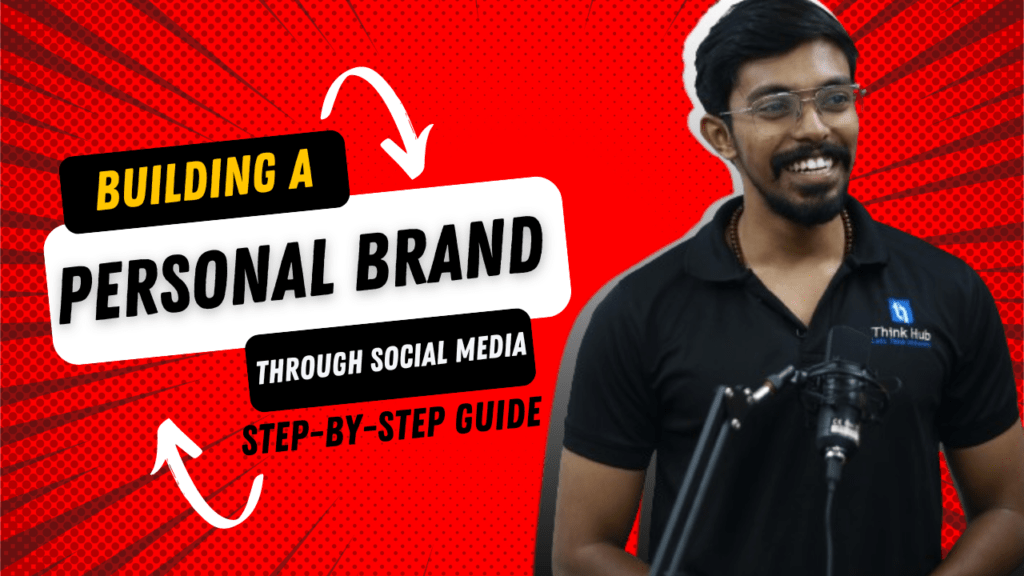Why Digital Marketing Fails for Many Businesses and How to Fix It
Over the past few weeks, I’ve had the opportunity to meet with several local clients — gym owners, textile shop owners, small brand owners, and other passionate entrepreneurs. While I’m genuinely excited to collaborate with them and help grow their businesses, I couldn’t ignore a recurring theme in our conversations: their collective frustrations with digital marketing. Most of them are disillusioned by their experiences, calling digital marketing a money drain. They’ve invested their hard-earned money, put in the effort, and placed their trust in marketers, only to feel abandoned when results don’t match expectations. This pattern is concerning and sheds light on some deeper issues within the industry. Why Is This Happening? Two major reasons stand out: 1. Lack of Knowledge for Business Owners Many business owners lack a basic understanding of how digital marketing works. They don’t fully grasp how ads function, the strategies required, or the realistic outcomes they should anticipate. Without this foundational knowledge, it’s easy for skepticism to creep in. When results don’t align with their expectations, they lose trust in the process and dismiss digital marketing as ineffective. 2. Outdated Marketers This issue hits closer to home. Some digital marketers stop learning once they’ve mastered the basics. They fail to stay updated with the latest trends, evolving consumer behaviors, or emerging tools. Marketing isn’t a “set-it-and-forget-it” endeavor — it demands constant adaptation. When marketers don’t evolve, they fail to deliver results, leaving clients frustrated and disillusioned. This cycle — misaligned expectations from business owners and outdated strategies from marketers — creates a domino effect of disappointment. Over time, it fosters a widespread skepticism toward digital marketing itself. Digital Marketing in 2025: The Road Ahead As we step into 2025, digital marketing continues to evolve at a rapid pace. The future belongs to marketers who are prepared to embrace change and adapt their strategies to meet the demands of an increasingly digital-first world. Here’s what every digital marketer should focus on: Embrace AI and Automation: Leverage tools that can help automate repetitive tasks, analyze data more effectively, and create personalized marketing campaigns. AI is no longer a luxury — it’s a necessity. Short-Form Video Dominates: Platforms like TikTok, Instagram Reels, and YouTube Shorts are leading the way in consumer engagement. Create content that is concise, visually appealing, and value-driven to capture your audience’s attention. Prioritize Privacy-First Marketing: With stricter privacy laws and the decline of third-party cookies, marketers must focus on building trust through transparent practices and first-party data collection. Focus on Client-Centric Strategies: Understand your client’s unique needs, market, and audience to craft tailored campaigns. One-size-fits-all approaches will no longer suffice. My Advice to Digital Marketers If you’re a digital marketer, here’s how you can break this cycle and rebuild trust: Learn Something New Every Day: Whether it’s diving into case studies, exploring new tools, or understanding external factors influencing your clients’ industries, make continuous learning a non-negotiable habit. Avoid Copy-Paste Strategies: Every business is unique, and what works for one might not work for another. Tailor your strategies to each client’s specific needs and goals. Educate Your Clients: Transparency builds trust. When clients understand what you’re doing, why you’re doing it, and what results they can expect, they’re more likely to stay invested in the process. To Business Owners Digital marketing does work — when done the right way. It’s not about blindly spending money or following generic strategies. It’s about crafting a data-driven plan that aligns with your business goals, market, and customers. As a digital marketing consultant based in Trivandrum, I’m committed to driving real success for businesses. Let’s work together to demystify digital marketing, build trust, and grow your brand sustainably.
Why Digital Marketing Fails for Many Businesses and How to Fix It Read More »







